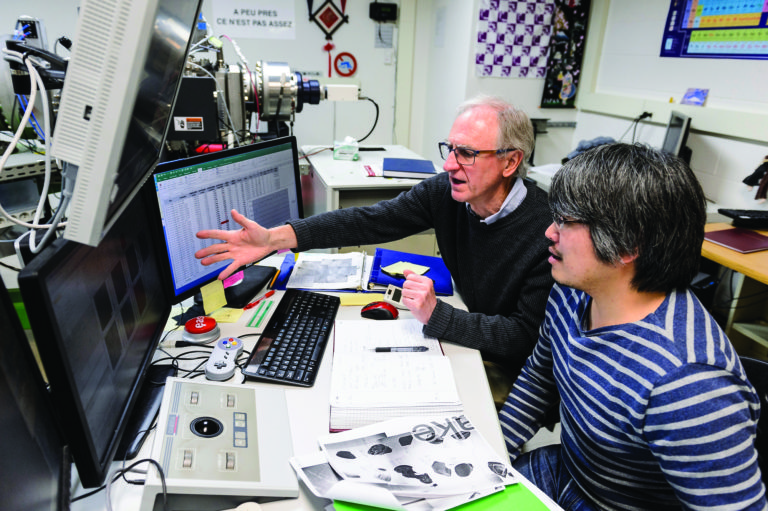Economic Impact Study 2018
UW System Impact on Jobs in Wisconsin
Nearly 167,000 jobs are generated and/or supported by the economic activity of UW System campuses, organizations, and activities.
The production of jobs comes as a natural part of the economic cycle that relates to spending. A clear example of this comes from the spending of UW System employees. This payroll money is spent on an array of household and personal items such as groceries, auto purchases and repairs, utilities, rent, telecommunication services, food purchased from restaurants, and more. For example, money spent at the grocery store supports the jobs of clerks, meat cutters, managers, and others.
Jobs generated by the economic activity of the UW System come from the direct effect of spending, the indirect effect of the direct spending, and the induced effect of indirect economic activity (see Methodology section). As shown in Figure 2, the direct economic effect results in more than 92,000 jobs, the indirect effect produces nearly 29,000 jobs, and the induced effect results in more than 46,000 jobs.
Figure 2. Employment and Labor Income by Impact Type
Impact Type |
Employment |
Labor Income |
| Direct Effect | 92,055 | $6,025,707,492 |
| Indirect Effect | 28, 696 | $1,275,584,486 |
| Induced Effect | 46, 115 | $1,960,216,141 |
| Total Effect | 166,866 | $9,261,508,119 |
The labor income derived from jobs generated from UW System activity is nearly $9.3 billion. As defined in the IMPLAN model (see pp. 18-19), this includes “all forms of income, including Employee Compensation (wages and benefits) and Proprietor Income.”
When looking at jobs generated and the resulting labor income produced, it is important to note the level or quality of jobs produced as a result of UW System’s economic activity. Figure 3 displays the average labor income for jobs generated by each of the economic effects.
The U.S. Census Bureau’s publication “American Fact Finder” reports Wisconsin’s median earnings at $31,195. These are reported earnings without fringe benefits. Adjusting for a fringe benefit rate of 30% would push median labor income to about $40,553, compared to the average overall labor income
of jobs generated by UW System economic activity of $55,502.
The wages of jobs generated by the UW System are significantly above average when compared to all jobs in Wisconsin.
Figure 3. Average Labor Income for Jobs Generated by UW System Economic Effects
Impact Type |
Average Labor Income |
| Direct Effect | $65,457 |
| Indirect Effect | $44,451 |
| Induced Effect | $42,506 |
| Overall Average | $55,502 |


